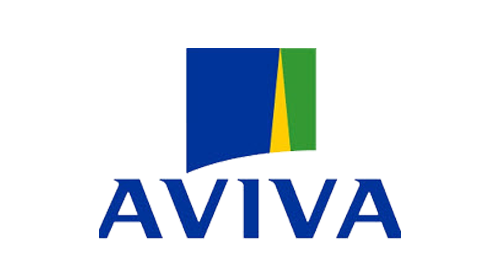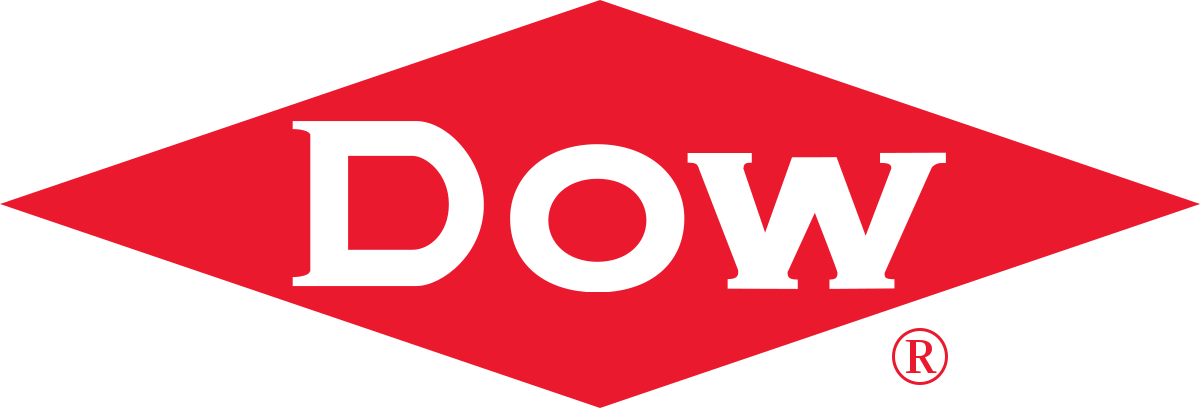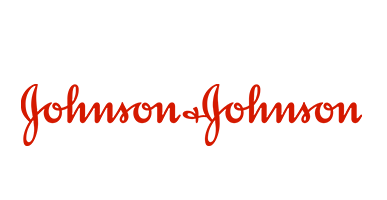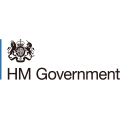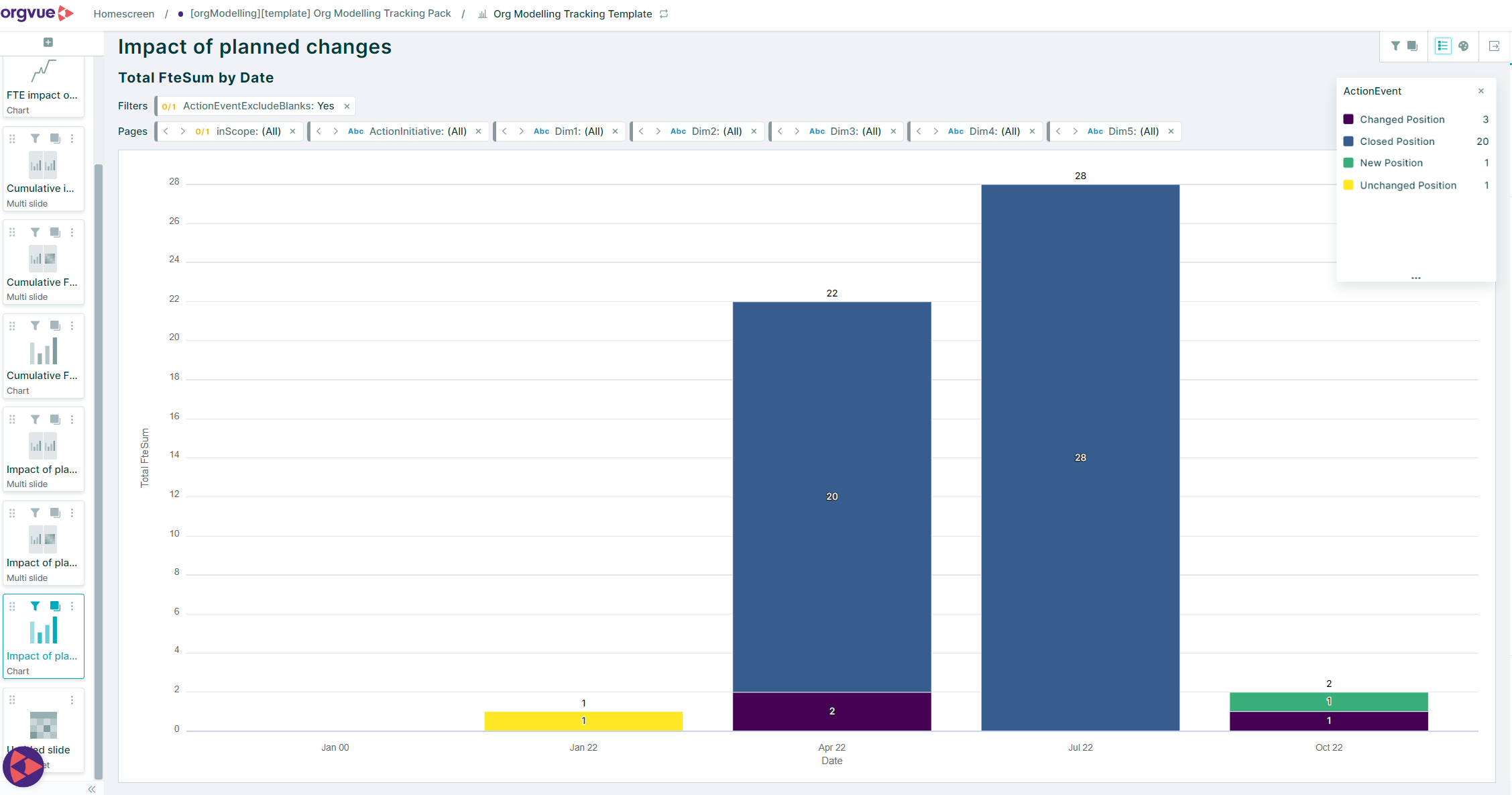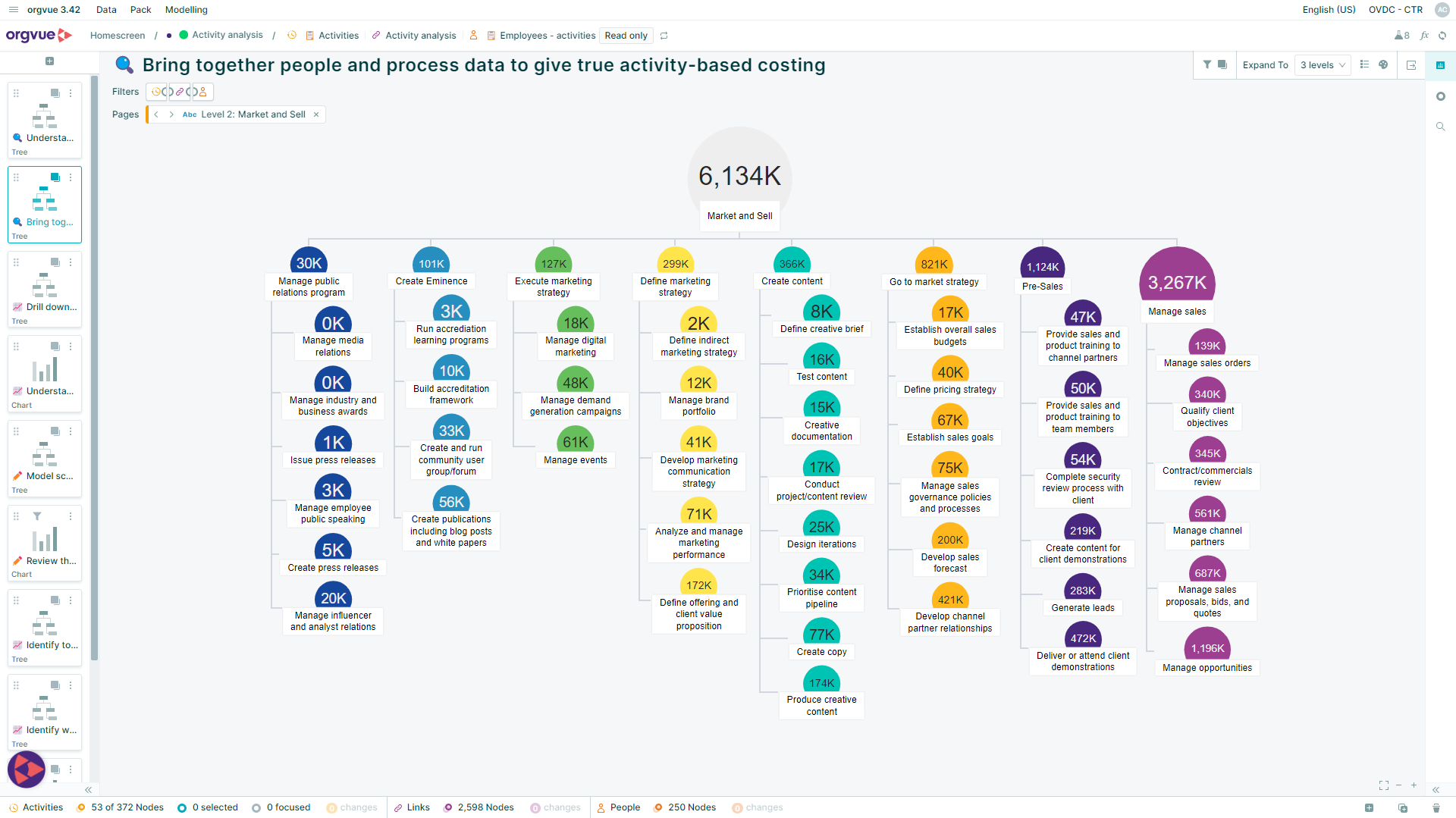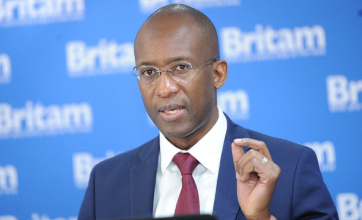The Orgvue platform
Organizational design and workforce planning that brings together strategy and people

How Orgvue helps
Continuous
improvement
in a changing world
See your organization like never before, in all its complexity. Explore alternative futures and plan for the models you create. Then continually monitor your evolution to make the most of every opportunity. All with Orgvue, the organizational design and workforce planning SaaS platform.
Solving your challenge
Meet your strategic business challenges
For every design and planning challenge, we have a solution. Orgvue puts an organizational structure in place to ensure you have the right people, in the right place, at the right time. Helping you bridge the gap between workforce demand and supply.
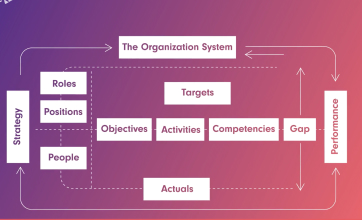
Organizational design
Organizational design with Orgvue is an ongoing and cyclical process of continual improvement, with access to best-in-class methodology on a single platform.
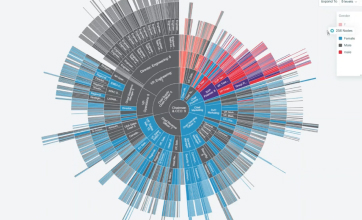
Workforce planning
Through a combination of SaaS and advisory services, Orgvue helps you establish the target demand and manage gaps between workforce supply and demand.
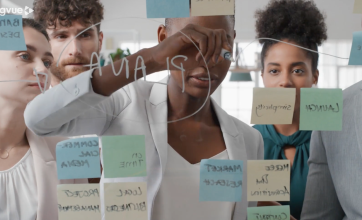
Organizational transformation
In a constantly changing world, Orgvue has the design and planning capability to shift your organization structure, size and talent in response to change.
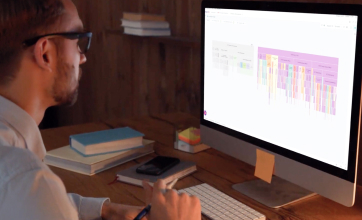
Mergers and acquisitions
Deliver promised value with Orgvue as your workforce planning platform – from post-merger integration and value realization through to workforce optimization.

Agile organizations
Successfully build, run and sustain agile structures for agile organizations with Orgvue.

Workforce transformation
Redefining the work and skills required for your business to thrive. Discover a new way to look at the workforce and learn how Orgvue helps.
Why should you choose Orgvue?

Accelerate
Get up to speed with a purpose-built platform that’s able to handle large and complex data, simultaneously and in multiple workstreams.
Align
Get the big picture. Connect decision making to data across all parts of your organization to plan and design with depth and breadth.
Advance
Create scenarios, undertake collaborative modeling and monitor progress to create an agile and adaptable organization fit for the future.
Benefits of Orgvue
How we add value
to your business
Acquire a unique perspective on your organization and its workforce with Orgvue. A perspective from which you can continually model, plan and monitor business developments, and adapt, at speed, to any eventuality.

Data driven
As Orgvue handles and aligns large, complex data sets with multiple workstreams at the same time, you can model, spot opportunities and answer speculative questions in the moment.

Time saving
Restructure in a fraction of the time by quickly building a central data baseline that takes into account the regional variations within complex multinational organizations.

Security
Find out all about our security and compliance standards including our ISO, CSA STAR and other certifications. Also learn about our data and privacy protection and live Orgvue platform availability. In other words, all the evidence of why you can trust us.
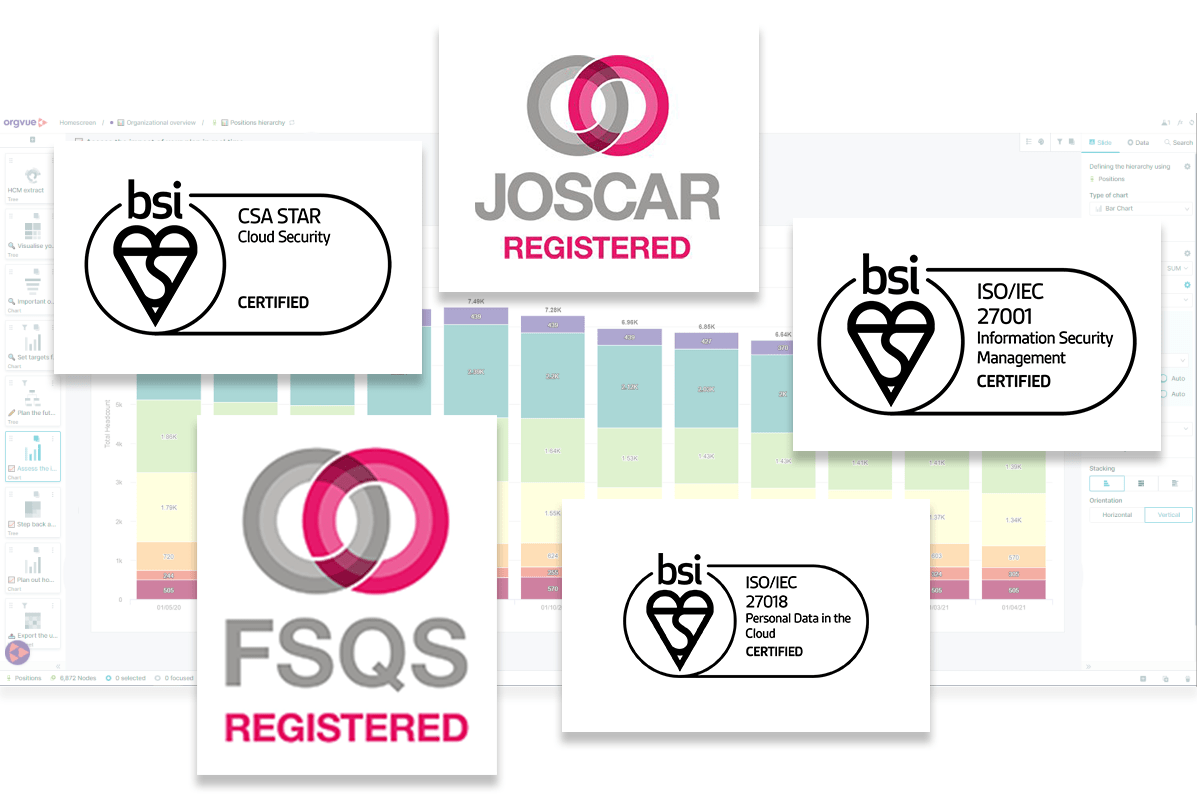

Agile
Streamline the structuring of agile teams, source talent to meet demand and continuously recalibrate by modeling and visualizing multiple hierarchies and dotted-line reporting.

Cost effective
See how your plans impact your strategy and costs, then choose the best model to meet the needs of your business and both HR and Finance stakeholders.

Aligned with goals
With a holistic, end-to-end view of your business on a single platform, you’ll be able to plan accordingly and align with your business goals through cycles of continuous improvement.

Future focused
Focus forward and ask the ‘what if’ questions for the future. Constantly plan, monitor and manage, so you can confidently take control of the way your business is resourced.
Find out how Orgvue can help you plan for your future
See Orgvue in action
Orgvue uses your data to help you grow and shape your business. The ultimate in future readiness.
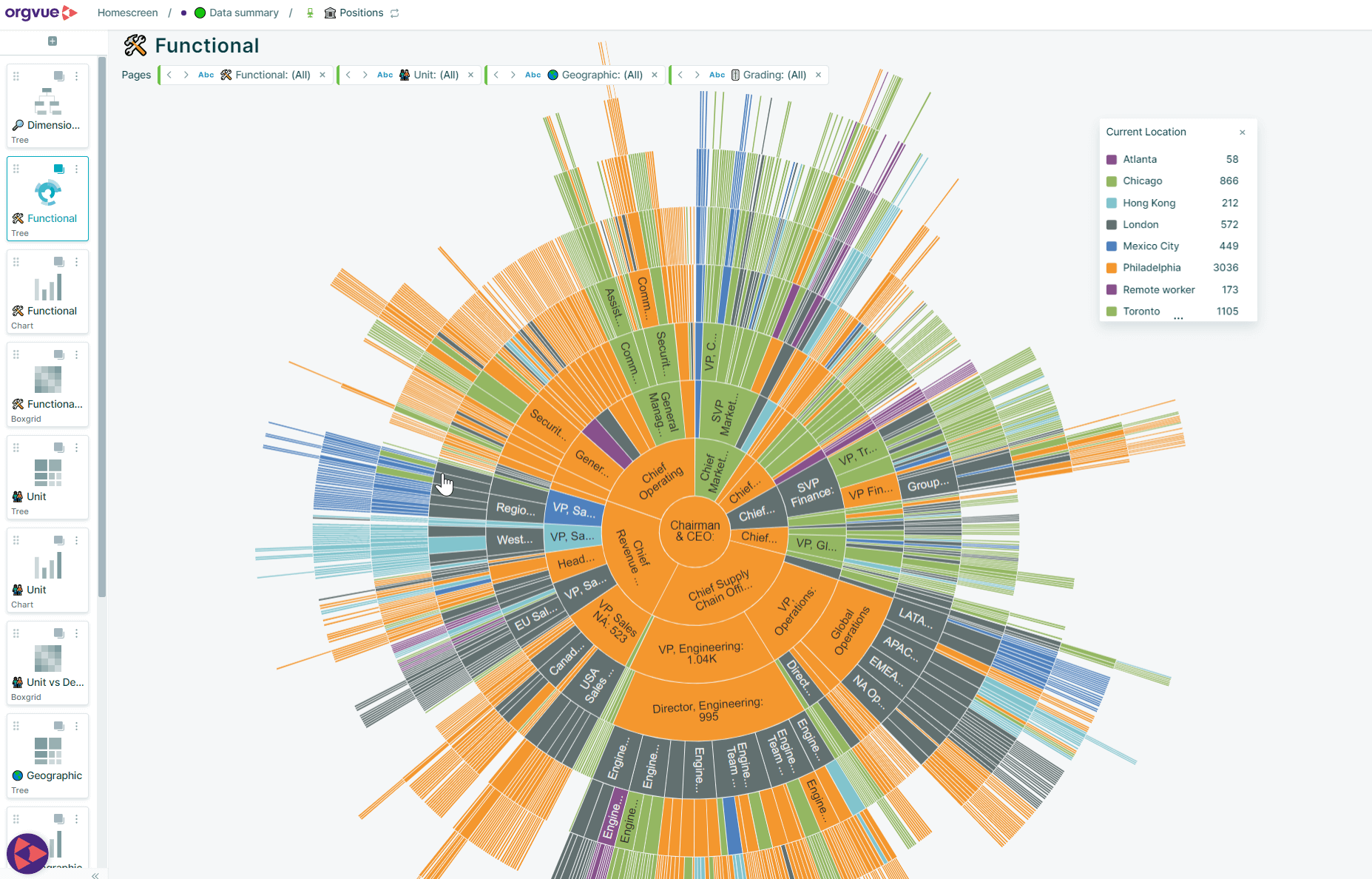
See the organization’s hidden truths
- Rapidly import and clean data at scale
- Quickly build a baseline view of your workforce
- Analyze any dimension or measure in depth
- Export to PowerPoint to share with your team
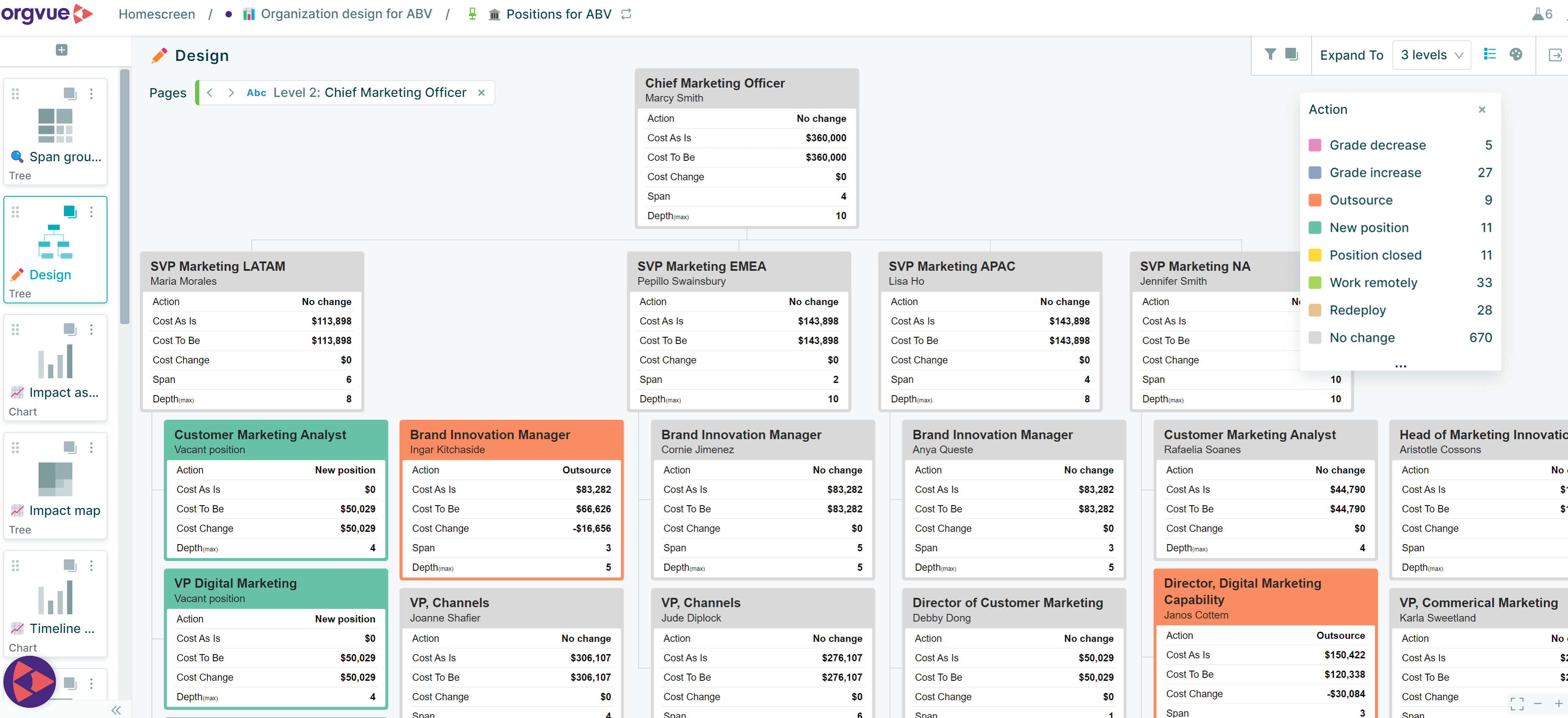
Design the organization-as-a-system
- Map positions, roles, activities and competencies
- Model your future organization
- Manage multiple workstreams, securely
- Track implementation against ‘to-be’ design
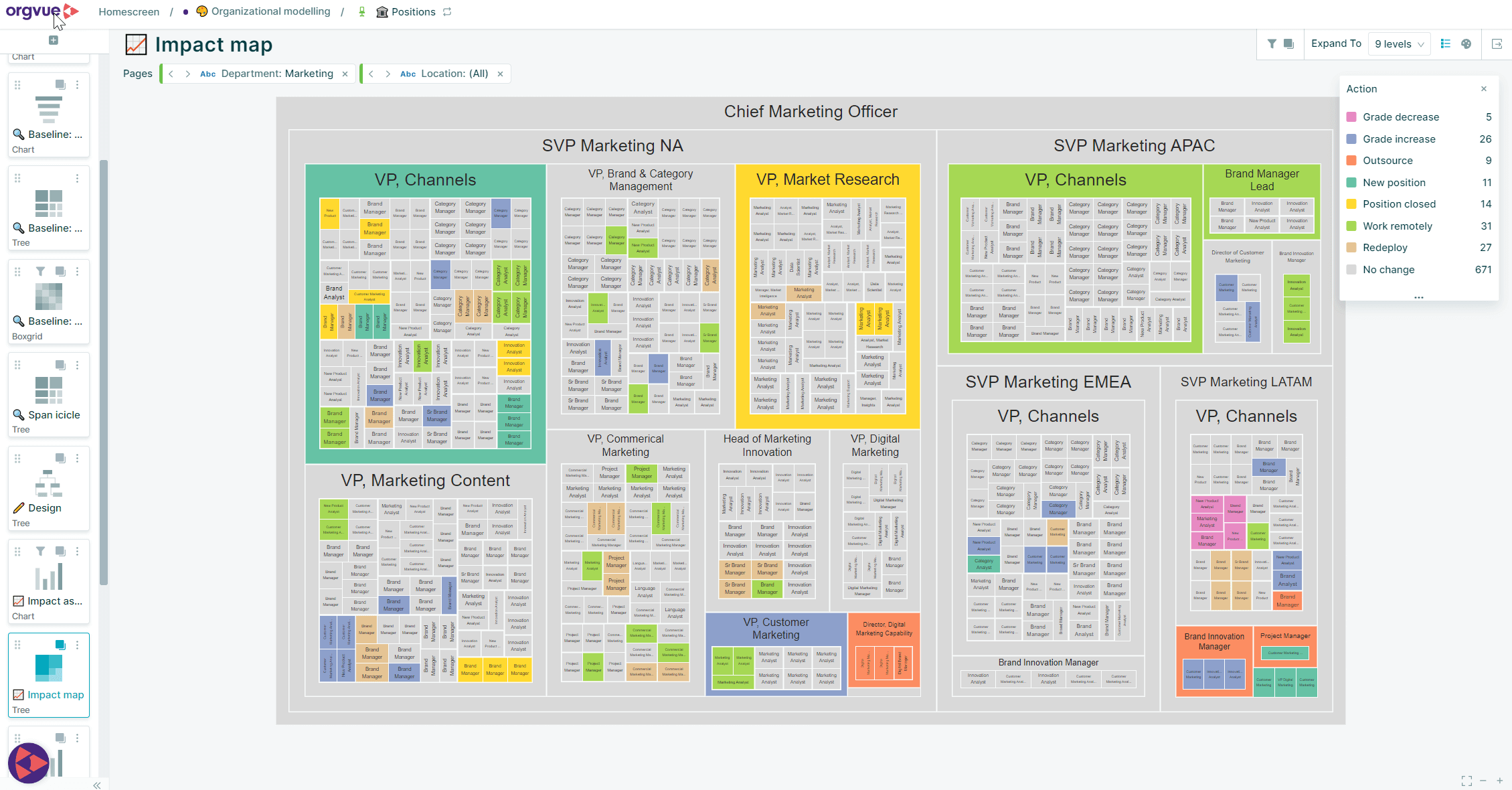
Plan your workforce from end-to-end
- Forecast supply over planning horizon
- Simulate top-down view of demand
- Model bottom-up demand at position level
- Reconcile plans to align your business
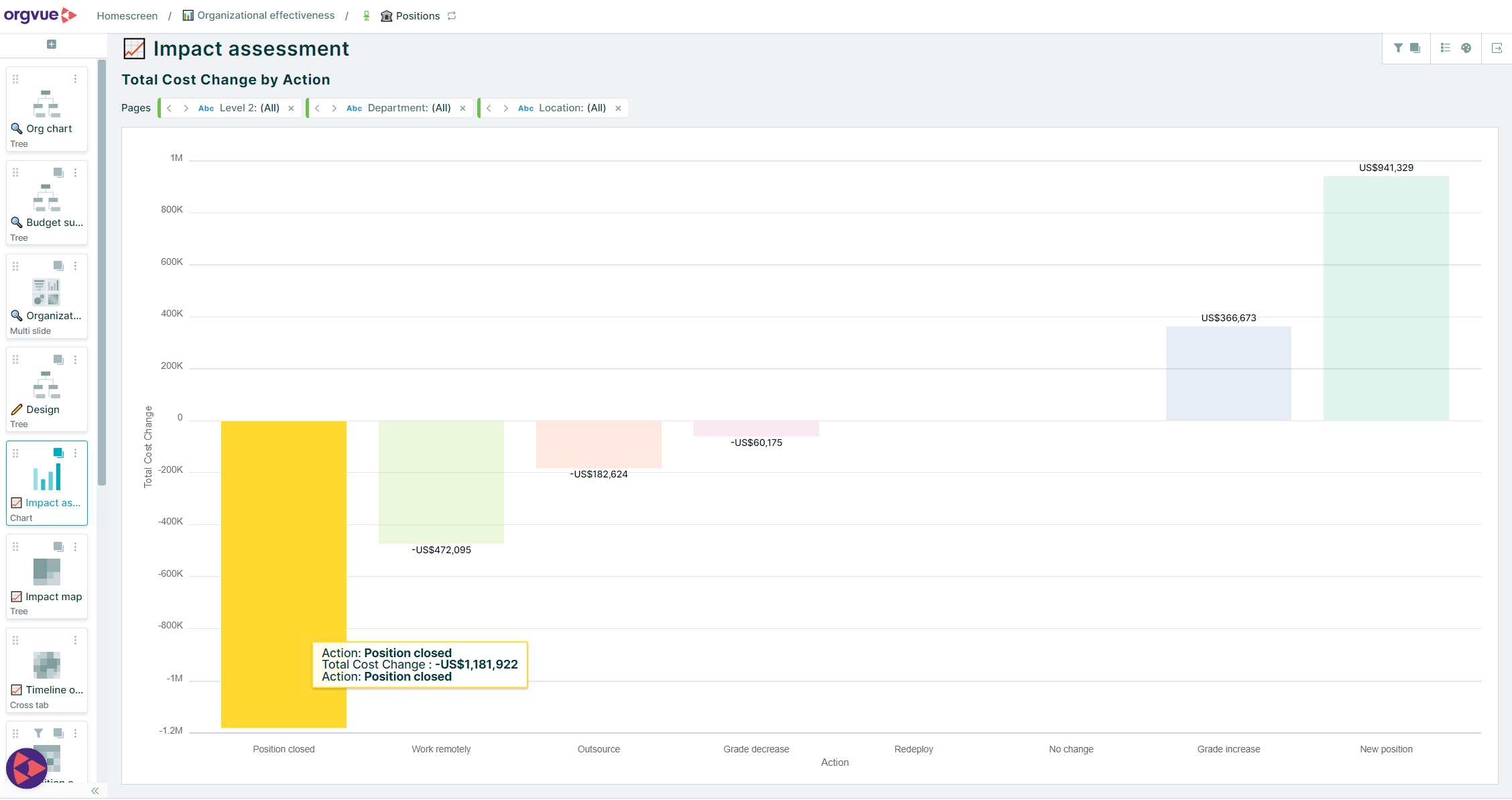
Monitor performance continuously
- Monitor actuals and forecast against targets
- Track in-flight initiatives in real time
- Spot opportunities and risks early
- Recommend actions to stay on track
Customer stories
Our customers
Meet the industry leaders and get to know our platform and services.
Our customers
TRANSFORMATION
Major global bank
$60m
cost savings
33%
completed project in 1/3 of time
60%
fewer resources needed
COST REDUCTION
Global chemical business
$300m
fewer resources needed
150
business partners collaborated
2,200
data records in one view
ORGANIZATIONAL REDESIGN
Insurance company
23%
saving on labor costs
50%
saving on managerial and overhead costs
30%
reduction in organizational layers

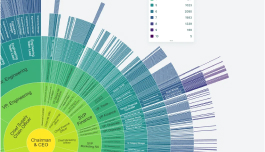
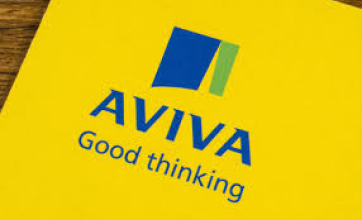

Giant Eagle is transforming the way we work. Orgvue has been a tremendous partner in helping us visualize and understand our resources to effectively plan so that we can maximize our global capabilities and successfully drive our business priorities
Janis Leigh, EVP and Chief People Officer, Giant Eagle


Learning and leveraging Orgvue has transformed my work in various ways and has enabled faster analysis and decision-making with visualization to tell a story.
Jen Solo, Senior Manager, Workforce Operations

We improved our data accuracy by more than 30%, increased business confidence, and boosted credibility for HR and Finance.
Vice President, Human Resources, Kellogg’s


What would have taken a couple of days to do in terms of organizational design, people are doing in hours now… it becomes an evolution not a transformation.
Julie Digby, Global Integration
and Transformation Leader, Mars

Explore more of Orgvue
Organizational design and
planning for a changing world
We connect business strategy with your workforce and the work they do, enabling you to adapt quickly to change and bring about a cycle of continuous improvement. Here’s how:
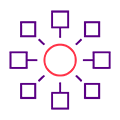
Features
Accelerate design and planning with features and capabilities aligned to the objectives of your complex organization.

Packages
Choose an Orgvue package to reflect the particular needs and priorities of your organization. They can all be fully configured to your business requirements.
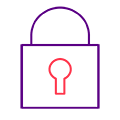
Security
Find out all about our security and compliance standards, our data and privacy protection and live Orgvue platform availability. In other words, all the reasons why you can trust us.
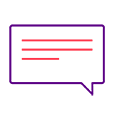
Case studies
Meet our customers and hear their stories to learn about how Orgvue has helped them.
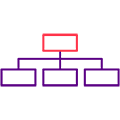
Organization design
Organizational design with Orgvue is an ongoing and cyclical process of continual improvement on a single platform.
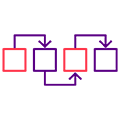
Workforce planning
Through a combination of SaaS and advisory services, Orgvue helps you establish the target demand and manage gaps between workforce supply and demand.
Book your free demo
Design your business of tomorrow, today. Discover what Orgvue can do for your organization first-hand.
